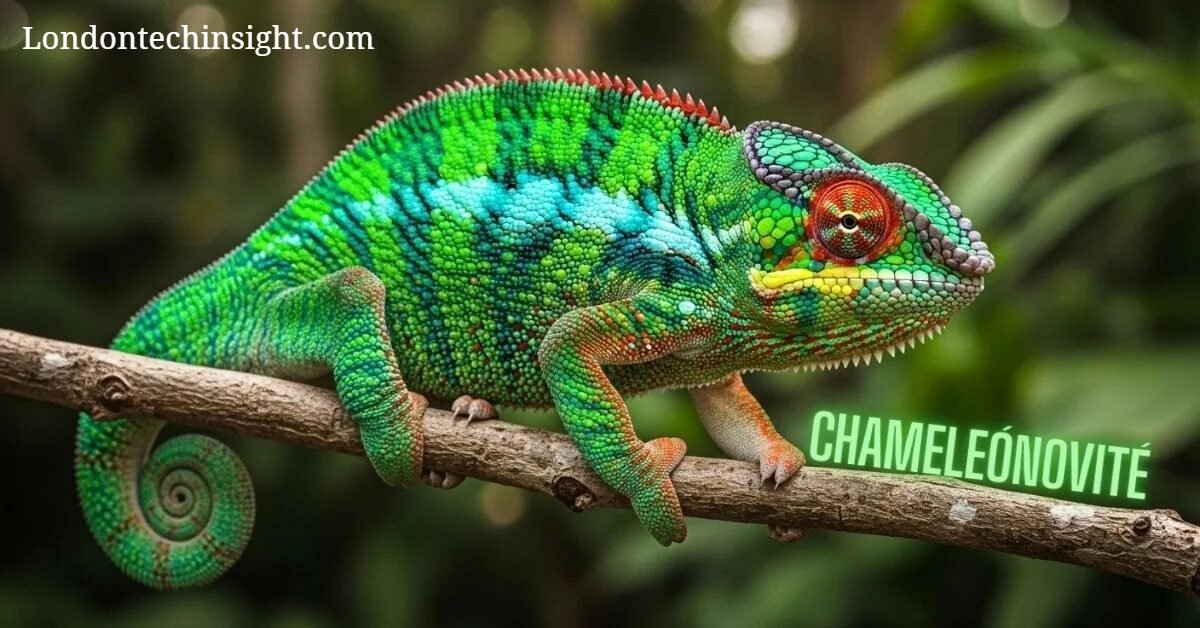Introduction
Among the most extraordinary creatures in the state of reptiles, the chameleónovité (chameleon family) represents a dazzling intersection of biology, development and natural surprise. Mainly known for their remarkable ability to change colors, these reptiles tangle a mixture of survival and unique adaptation that may match some other animals.
Nevertheless, the story of Girlenovit is extending beyond the camouflage. They symbolize biodiversity living in forests, deserts and mountain slopes in Africa, Madagascar, Europe and parts of Asia. His independently moving eyes, zygodactylous legs, and electric-teej projected tongue have fascinated naturalists and scientists for centuries. Today, the Girlenovit remains the subject of intensive ecological and evolutionary studies, while the general public is also enticed with their foreign appearance.
Understanding Chelolovité means to be engaged in their physical symptoms, habitat preferences, behavior adaptation and protection challenges. This article examines the latest insight into this remarkable reptile family, offering real facts, not myths, and readers a widely in their survival strategies in the rapidly changing world.
Table of Contents
Evolutionary Background of Chameleónovité
The origin of the Girlenovit is behind millions of years, with fossils suggest that the descendants deviated from other lizards during the Peliocin era. Their evolutionary visit shows how geographical isolation and environmental pressures in Africa and Madagascar produced some of the most special reptiles forms. Scientists believe that their unique adaptation, such as stereoscopic vision and ballistic tongue, were evolutionary answers to survive in dense leaves, where silent and accuracy meant life or death.
Interestingly, Madagascar hosts about half of all known chameleon species, others live in North Africa, southern Europe and even India and Sri Lanka. This broader distribution underlines the adaptability of chameleon in the climate ranging from tropical rainfores to dry savanna.
Unique Physical Adaptations of Chameleónovité
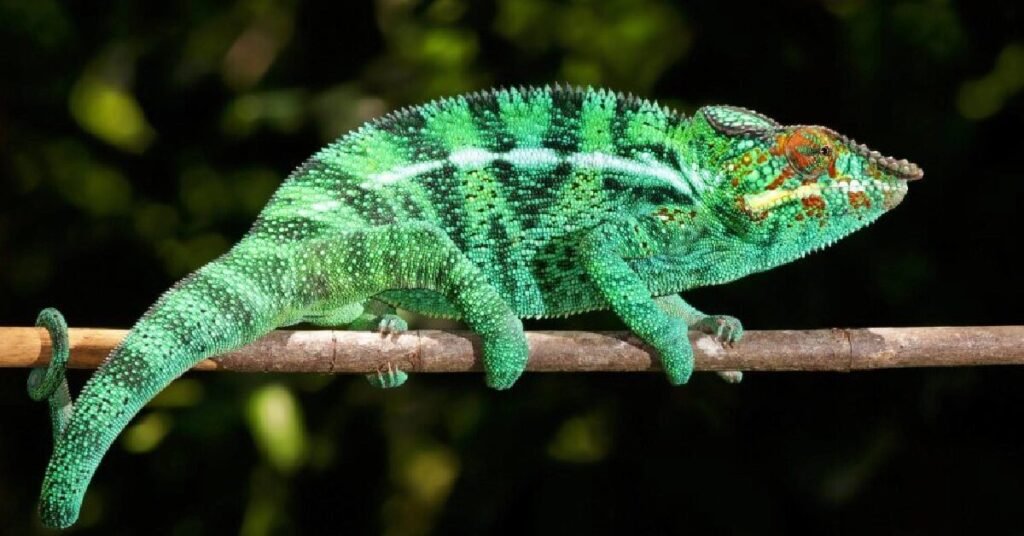
When discussing the chameleon, their physical symptoms are particularly noticeable because they define both their beauty and functionality in the wild.
The ability to change color: Unlike popular belief, chameleónovité do not change colors only to mix in their environment. Instead, color changes are largely a form of communication and thermoregulation. Special skin cells known as chromatoforus and iridoforus enable it.
Independent eye movement: Each eye moves independently, provides a 360-degree area of visio, is important to detect predators and prey.
Provided tongue system: Their tongue, often double the length of their body, can attack the prey in less than a second fraction.
Ft and prehensil tail: Their zigodactylus legs and muscles tails like natural climbing devices, ensuring stability on branches.
These adaptation makes fantastic hunters, while also helping them to avoid predictions.
Behavior and Communication in Chameleónovité
The behavior of Girlenovit is striking as their physiology. They are mainly solitary, high regional creatures. Male often displays vivid colors during collisions, indicating dominance and aggression with bright patterns, while tones reflect tone submission or peace. The behavior of courtship also rely too much on dyeing, with women adopting different colors to indicate reception or rejection.
Additionally, their slow, rocking walk mimic leaves, serve as a clever form of camouflage. This behavior not only hides them from predators, but also allows them to hunt secretly without detection.
Habitat and Geographic Distribution
Chameleónovité exhibit an extraordinary range of habitats, from humid rainforests to arid deserts. Their distribution is shaped by microclimates and vegetation availability.
| Region | Representative Species | Habitat Type |
| Madagascar | Panther Chameleon (Furcifer pardalis) | Tropical rainforests, coastal areas |
| Northern Africa | Common Chameleon (Chamaeleo chamaeleon) | Dry scrublands, grasslands |
| Southern Europe | Mediterranean Chameleon (Chamaeleo chamaeleon) | Bushy woodlands, rocky slopes |
| Asia (India, Sri Lanka) | Indian Chameleon (Chamaeleo zeylanicus) | Dry forests, agricultural landscapes |
This diversity underscores how flexible yet specialized chameleónovité can be depending on their ecological niche.
Diet and Hunting Strategies
Girbalonovits are mainly insecticides, consisting of diets consisting of cricketers, grasshoppers and flies, although large species can consume small birds and reptiles. Their hunting style depends on patience, secret and accuracy. Using the telescope vision to lock the hunting, they highlight their ballistic tongue with remarkable accurates.
Bullet highlights of his feeding strategy:
Excessive patience and immobility before striking.
Accurate target lock due to stereoscopic vision.
Elastic, muscle -moving tongue is prone to their mouths.
Their role as insect population regulators makes them ecological valuable.
Conservation Challenges Facing Chameleónovité
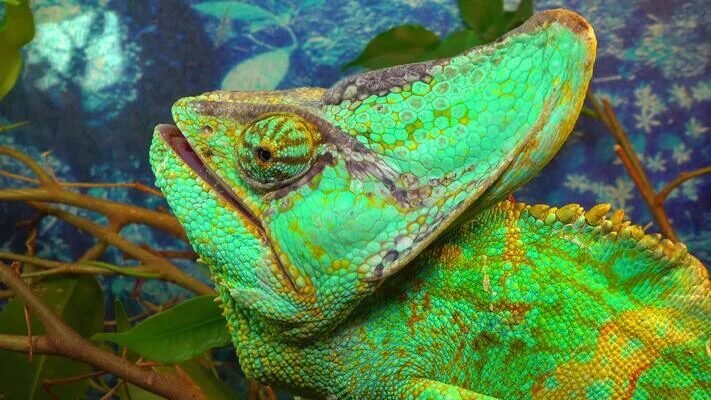
Despite their evolutionary success, chameleónovité faces growing pressures from human activity. Forest harvesting, urbanization and climate change threatens their houses, while illegal pet trade exploits their foreign appeal.
Major hazards include:
ousing fragmentation caused by agriculture and logging.
Poing for international foreign domesticated markets.
Pest population declines due to pesticides use.
The vulnerability has increased due to the climate-managed habitat changes.
Protection organizations now emphasize the safety of the habitat, strict regulation of wildlife trade and awareness campaigns as necessary measures to ensure the existence of these reptiles.
Chameleónovité in Human Culture and Research
chameleónovité have long enthralled humans fascinated, who are mysterious creatures with magical changes in ancient folklore. Today, they symbolize adaptability and change in modern culture. Beyond the symbolism, their biological characteristics also inspire technological innovations. For example, researchers study their skin cells for possible applications in adaptive camouflage technology and biomedical engineering. Their eye affects mechanics robotics, while their tongue projection system indicates bio-inspired design in engineering fields.
Chameleónovité vs Other Lizards
| Feature | Chameleónovité | Typical Lizards |
| Color Change | Advanced, communication + thermoregulation | Limited, mainly camouflage |
| Eyes | Independent, 360-degree vision | Forward-facing, limited field |
| Tongue Mechanism | Ballistic, extremely fast | Short, less elastic |
| Tail Function | Prehensile, climbing aid | Primarily balance |
| Social Behavior | Territorial, color-based signaling | Varies, less color-driven |
This comparison highlights the extraordinary specialization of chameleónovité compared to other reptile families.
Future of Chameleónovité in a Changing World
The existence of Girlenovit rests on our ability to balance human development with environmental protection. With technical devices such as satellite mapping and genetic studies, scientists are now better equipped to create population monitoring and conservation strategies. Eco-tourism in Madagascar and Africa also generate awareness and resources to protect these attractive reptiles.
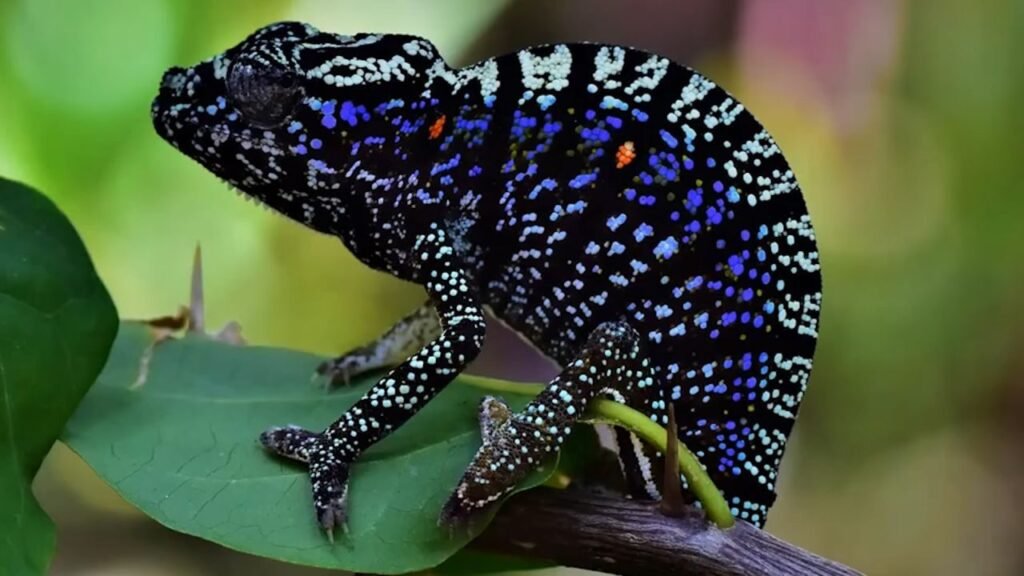
Their adaptability has taken them to millions of years, but the question is: will it be enough against human-managed ecological changes? Protecting them means not only protecting a species, but also delicate ecosystems they help in balance.
Evolutionary Marvels
Chelesonovité detecting their offspring over 60 million years. Fossil evidence suggests that early forms developed in Africa and later diversity in various fields. Madagascar, however, remains a hotspot of diversity, hosting about half of all known species. This isolation allowed them to develop perfectly favorable symptoms for their ecological below, from rainforest giants to the inhabitants of the small desert.
Physical and Behavioral Adaptations
Cameleónovité stands out due to its highly specific body design.
Color changes: Their transfer hues are not random, but there are reactions to mood, temperature and social signals. A male can be vivid during regional quarrels, while women indicate colors of receptivity or rejection.
Independent eyes: Each eye can scan separately, which gives them a panoramic area of vision, which is necessary to detect both prey and predators.
Tongue projection: Their elastic tongue, which can double from the length of their body, attacks with incredible accuracy in the millisecond.
Entertaining capacity: zygodactylous legs and muscle tails act as climbing gear, allowing them to easily maneuver through branches.
Practically, the fallennovits are solitary and slow moving, often mimic the leaves in the air-a clever camouflage strategy.
Ecological Role and Distribution
These reptiles inhabit varied landscapes:
| Region | Example Species | Habitat Style |
| Madagascar | Panther Chameleon | Humid rainforests |
| Africa | Flap-necked Chameleon | Savannas, dry woodlands |
| Europe | Mediterranean Chameleon | Bushlands, rocky hills |
| Asia | Indian Chameleon | Dry forests, farmlands |
Their primary diet consists of insects, making them vital for controlling pest populations. Larger species even consume small birds or reptiles, placing them higher on the food chain.
Conservation Concerns
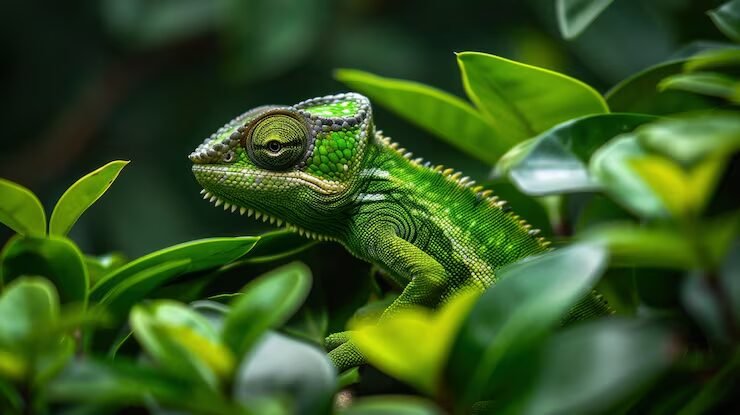
Despite their flexibility, many chameleon species face threats. Forest harvesting, decline in pesticides, and illegal pet trade all endanger their existence. Housing loss in Madagascar, in particular, has pushed many species to a weak position. Protectionists emphasize permanent land management, strict wildlife business laws and education to protect these prestigious reptiles.
Conclusion
Girlenovits are more than just colorful lizards; He is a miracle of development, masters and important players in his ecosystem. From their unique physiology to their symbolic role in human culture, they represent flexibility and change. Nevertheless, their future depends on our responsibility of conservation of their houses, regulating harmful practices and respecting their place in the natural world. By understanding and protecting Girlenovit, we ensure that the coming generations can see their panoramic appearance.
FAQs About Chameleónovité
1. Does the chameleon makes different from other lizards?
His colorful skin, ballistic tongue and independent eye movement separated him.
2. Do all chameleon changes color?
Yes, but the degree of change varies by species, and it often occurs for communication, not only for camouflage.
3. Where are the most chameleon found?
About half of all species are spatial for Madagascar, others are spread over Africa, Asia and Southern Europe.
4. Are Girlenovit endangered?
Many species face hazards from the disadvantages of the habitat and pet trade, some are listed as weak or endangered.
5. Can chameleon be placed as pets?
While it is possible, it requires special care, and many experts discourage it due to protection concerns.
Also Read This: Cellulogia
